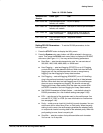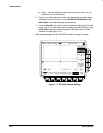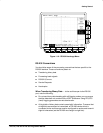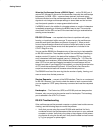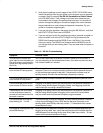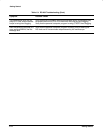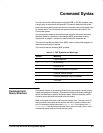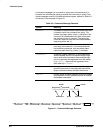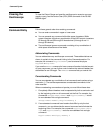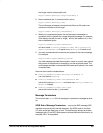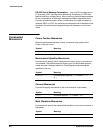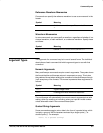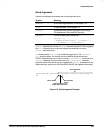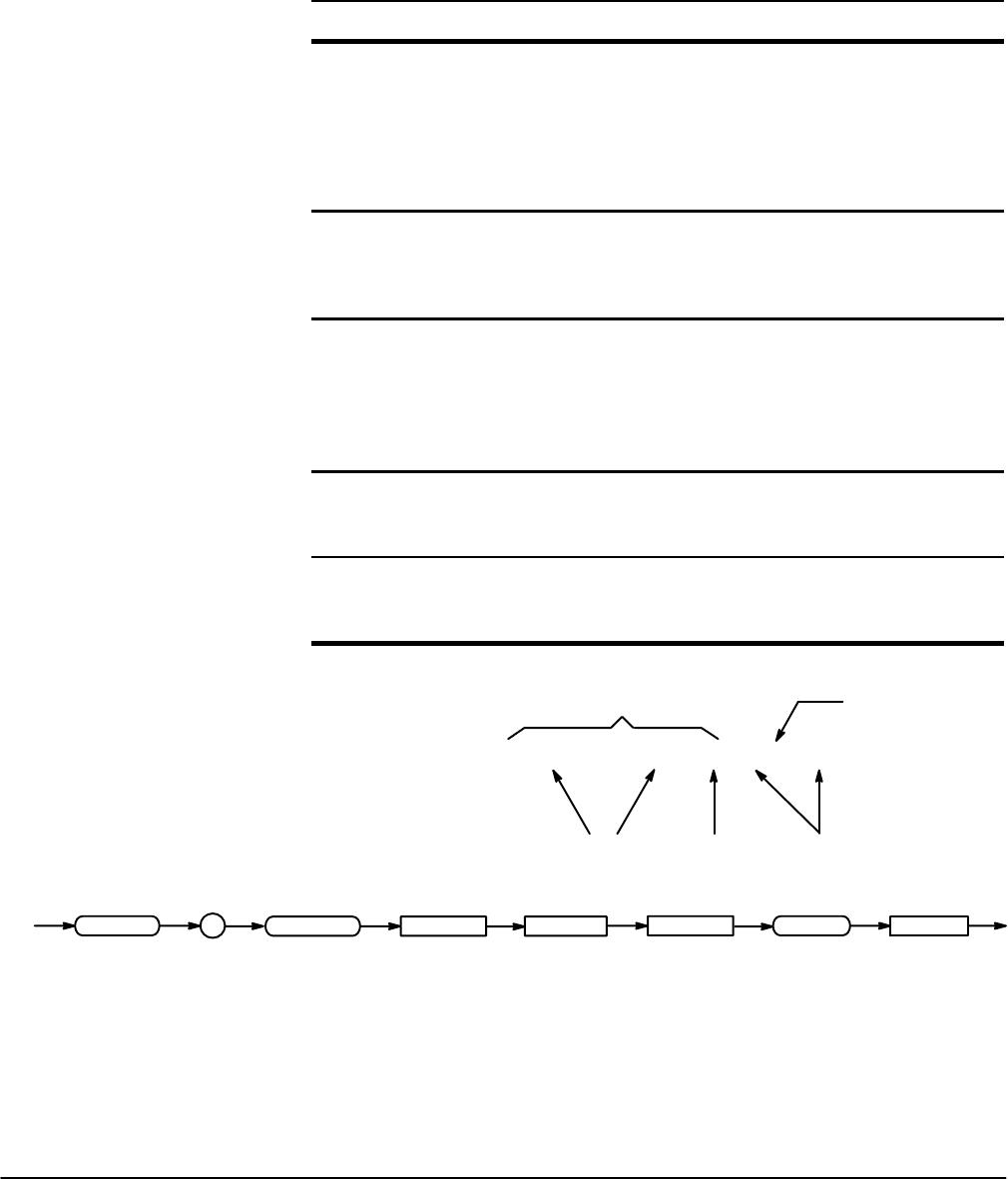
Command Syntax
Syntax and Commands
2Ć2
A command message is a command or query name, followed by any inĆ
formation the oscilloscope needs to execute the command or query. ComĆ
mand messages consist of five different element types, defined in Table 2Ć2
and shown in the example in Figure 2Ć1.
TableĂ2Ć2:ăCommand Message Elements
Symbol
Meaning
<Header> The basic command name. If the header ends with
a question mark, the command is a query. The
header may begin with a colon (:) character; if the
command is concatenated with other commands
the beginning colon is required. The beginning
colon can never be used with command headers
beginning with a star (*).
<Mnemonic> A header subĆfunction. Some command headers
have only one mnemonic. If a command header
has multiple mnemonics, they are always sepaĆ
rated from each other by a colon (:) character.
<Argument> A quantity, quality, restriction, or limit associated
with the header. Not all commands have an arguĆ
ment, while other commands have multiple arguĆ
ments. Arguments are separated from the header
by a <Space>. Arguments are separated from
each other by a <Comma>.
<Comma> A single comma between arguments of multipleĆarĆ
gument commands. It may optionally have white
space characters before and after the comma.
<Space> A white space character between command header
and argument. It may optionally consist of multiple
white space characters.
SAVe:WAVEform CH1,REF2
Header
Mnemonics
Arguments
Comma
Space
<wfm>
SAVe :
WAVEform
REF
<x><Space>
<Comma>
Figure 2Ć1:ăCommand Message Elements



